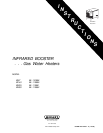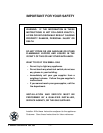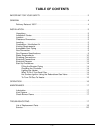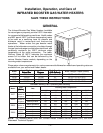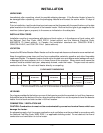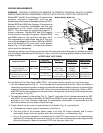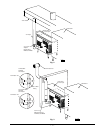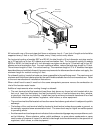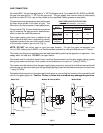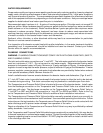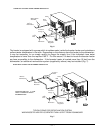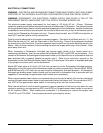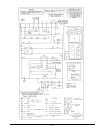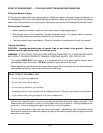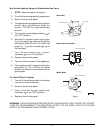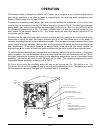
– 8 –
Fig. 4
All horizontal runs of the vent pipe shall have a minimum rise of
1
/4" per foot of length and should be
supported every 5 feet or less (for Canada, every 3 feet) and at every elbow.
For horizontal venting of models IB57 and IB140, the total length of 3-inch diameter vent pipe can be
up to 70 feet with up to four 90° elbows and one termination vent. For horizontal venting of models
IB235 or IB290, the total length of 4-inch diameter vent pipe can be up to 70 feet with up to four 90°
elbows and one termination vent. For each additional elbow, reduce the total pipe length by 10 feet.
The minimum length is 2 feet. For vertical venting: The maximum length of 3" or 4" diameter vent pipe
described above should be followed; the same requirements for elbows and termination vent apply; the
minimum length for vertical venting is 5 feet.
For sidewall venting, locate the heater as close as possible to the wall being used. The maximum and
minimum wall thickness is determined by the wall thimble available from the vent manufacturer. Refer
to the vent manufacturer's installation instructions.
When a draft hood is used, it must be in the same atmospheric pressure zone as the combustion air
inlet of the booster water heater.
Additional requirements when venting through a sidewall:
• The vent terminal shall be located at least three feet above any forced air inlet located within ten
feet; or at least four feet below, four feet horizontally from, or one foot above any door, window,
or gravity air inlet into any building. It shall also have a minimum horizontal clearance of four feet
from electric meters, gas meters, regulators, relief valves, or other equipment.
• The vent terminal shall be located not less than seven feet above grade when it is adjacent to public
walkways.
• The bottom of the vent terminal shall be located at least twelve inches above grade or ground, or
the normally expected snow accumulation level. The snow level may be higher on walls exposed
to prevailing winds.
• Avoid areas where local experience indicates that condensate drippage may cause problems, such
as the following: Above planters, patios, public walkways, or areas where condensate or vapor
could create a nuisance or hazard, or where its discharge could be detrimental to the operation of
regulators, relief valves, or other equipment.
Dish Table
or Conveyor
Termination Tee
Vent Pipe
PL-53443
3 to 4 Inch
Adapter Required
For IB235 and IB290



